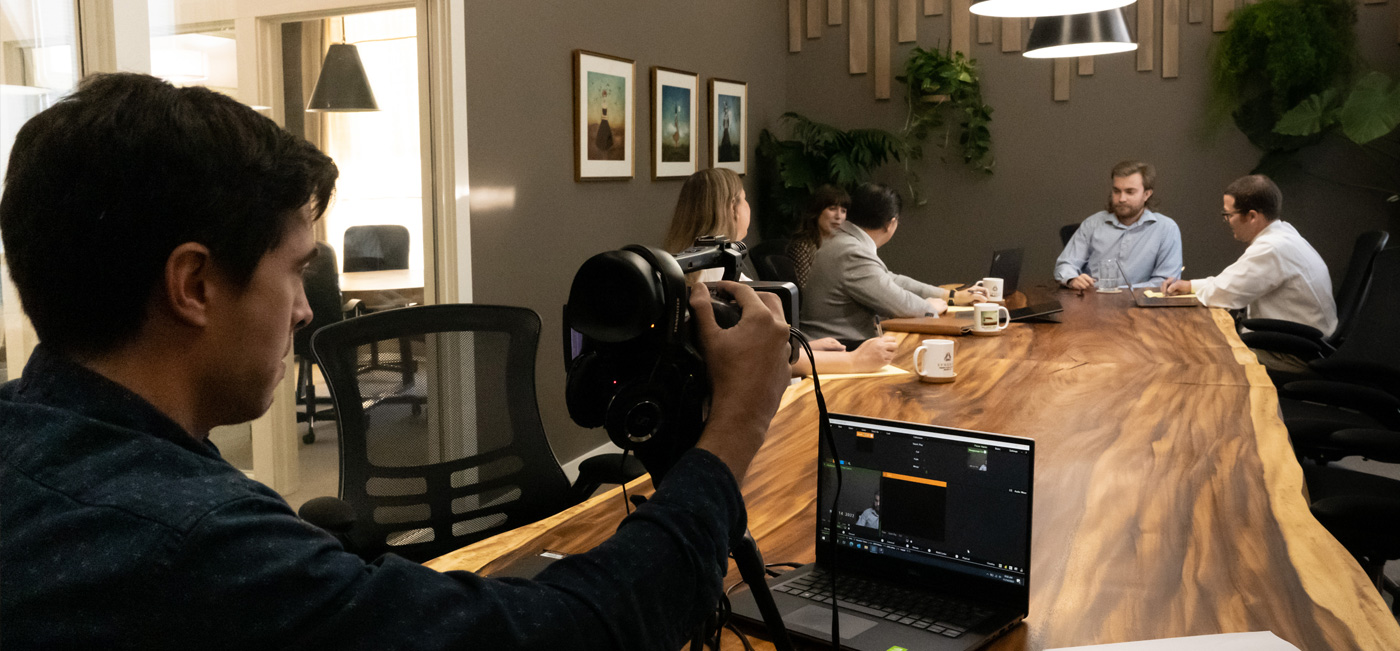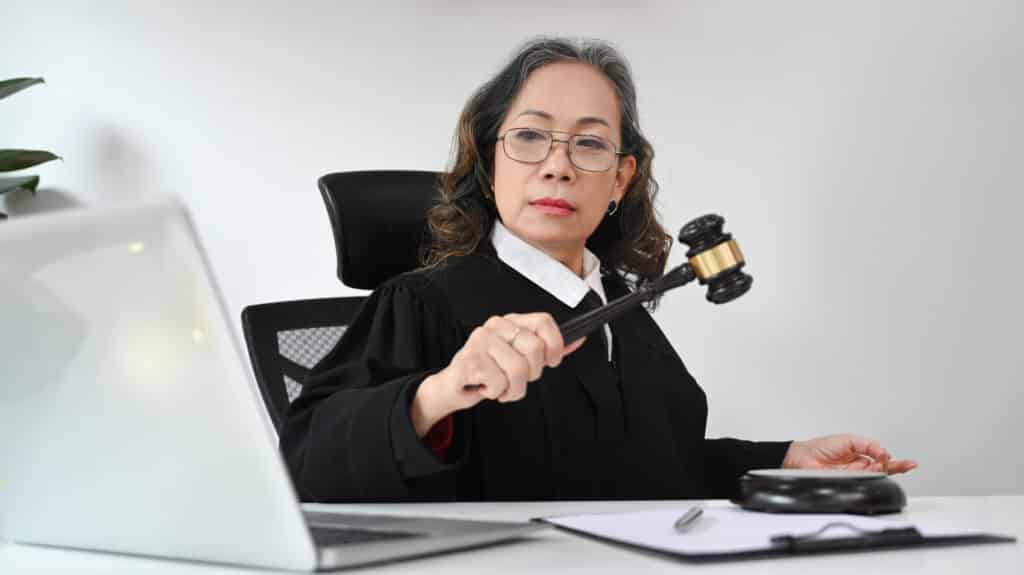The Duty of Legal Videography in Modern Legal Proceedings
The Duty of Legal Videography in Modern Legal Proceedings
Blog Article
Delving Into the Devices of Legal Videography: Unveiling Its Procedure in Shielding Genuine Aesthetic Statement for Judicial Procedures
In the world of judicial process, the duty of lawful videography stands as a foundation in protecting and offering visual evidence. As technology remains to development, the systems behind legal videography have actually ended up being significantly detailed, using a critical layer of credibility to testimonies caught on video. By diving into the functional complexities of legal videography, one can reveal the careful processes that safeguard the integrity of aesthetic evidence offered in courtrooms - Legal Videography. This expedition not just loses light on the historical evolution of legal videography however additionally hints at the future fads that might even more revolutionize just how visual testimonies are upheld in the world of justice.
Historic Evolution of Legal Videography
Examining the historic progression of legal videography exposes a significant improvement in the capturing and presentation of visual proof within the legal landscape. In the past, legal procedures greatly relied on written records and pictures to record occasions and provide evidence. With the development of video clip modern technology, the lawful industry witnessed a paradigm shift in exactly how aesthetic testament was recorded and offered.
The development of lawful videography can be traced back to the late 20th century when developments in video clip recording devices made it extra easily accessible for use in courtrooms. This technical innovation not just boosted the precision and reliability of visual evidence yet additionally reinvented the method situations existed to courts and juries (Legal Videography). Lawyers started to identify the influential power of video clip recordings in sharing emotions, nuances, and non-verbal hints that written photographs or records alone could not record properly

Modern Technology Advancements in Video Clip Documents
What essential technical developments have revolutionized video clip documentation in the legal area? The legal field has actually seen significant innovations in video documentation technology that have actually boosted the authenticity and integrity of aesthetic evidence in judicial procedures. One of the key developments is high-definition (HD) video recording capacities, which offer crystal-clear pictures and sharp information that are critical for precisely capturing testimonies, faces, and various other visual signs. In addition, the combination of timestamping and metadata attributes in video documents devices has actually enabled exact documents of when and where the video clip was tape-recorded, making sure the integrity of the proof offered in court.
In addition, innovations in video clip file encryption and watermarking technologies have strengthened the safety and tamper-proof nature of video evidence, guarding it against unauthorized modifications or tampering. Additionally, the development of cloud storage solutions and remote access capabilities has structured the storage space, retrieval, and sharing of video proof, promoting seamless cooperation amongst legal specialists and ensuring effective access to essential visual dig this testimonies when required. These technical developments in video documents have actually unquestionably reinvented the lawful field, improving the precision, trustworthiness, and admissibility of aesthetic proof in judicial proceedings.
Role of Lawful Videographers in Court Room Setups
The advancement of video clip documents modern technology in the lawful area has necessitated an important function for legal videographers in courtroom setups, making sure the integrity and reliability of visual testaments provided during judicial process. Legal videographers play an essential role in catching and maintaining precise visual proof that can be critical in lawsuit. Their duty encompasses establishing equipment, videotaping procedures, and producing high-quality video clips that precisely mirror the events in the court room.
Additionally, legal videographers commonly function closely with legal teams to make sure that the video clip evidence lines up with the situation's needs and can be this website properly offered in court to support the legal disagreements being made. On the whole, the duty of lawful videographers in court setups is vital in maintaining the principles of justice and guaranteeing the openness of lawful process. Legal Videography.

Ensuring Admissibility and Honesty of Video Clip Proof
To maintain the integrity of visual proof presented in legal procedures, making certain the admissibility and integrity of video proof is a vital duty for lawful videographers. Admissibility refers to the approval of evidence by the court, and for video evidence to be acceptable, it has to meet certain standards. Legal videographers play a vital duty in ensuring that the videos they catch conform with the regulations of proof, such as credibility, relevance, and dependability.
Stability of video clip evidence involves keeping the creativity and precision of the video from the time it is tape-recorded until it exists in court. This includes safely keeping the video clip files, recording the chain of protection, and preventing any kind of tampering or modifications. Lawful videographers need to stick to stringent procedures to guarantee the stability of the video evidence and prevent any kind of obstacles to its credibility.
Future Trends in Legal Videography
Provided the enhancing reliance on technology in lawful procedures, legal videographers are poised to welcome cutting-edge innovations shaping the future of visual testimony capture and discussion. Among the popular trends coming up is the assimilation of online truth (VR) and enhanced fact (AR) technologies into legal videography. These modern technologies have the potential to transform how aesthetic proof is offered in courts, allowing juries and judges to immerse themselves in the scene of the criminal activity or occurrence.
Moreover, the use of fabricated knowledge (AI) algorithms for video evaluation is try this expected to enhance the process of reviewing and examining large amounts of video footage. AI can assist in determining key minutes, abnormalities, and patterns within video clips, improving the performance of legal examinations.

Conclusion
In verdict, lawful videography has played a vital function in giving authentic aesthetic proof for judicial procedures. Via technological advancements and the knowledge of legal videographers, the honesty and admissibility of video proof are ensured in court setups. As legal videography proceeds to develop, it will certainly be important to promote criteria that preserve the precision and reliability of visual testament for the future of lawful process.
Taking a look at the historic progression of legal videography discloses a substantial improvement in the recording and presentation of visual proof within the lawful landscape.The development of video clip documentation innovation in the lawful area has actually required a critical role for legal videographers in court setups, guaranteeing the honesty and integrity of aesthetic testimonies presented throughout judicial process. In addition, legal videographers typically function closely with legal groups to make sure that the video clip proof straightens with the situation's needs and can be properly offered in court to support the lawful arguments being made.To preserve the integrity of aesthetic proof offered in lawful process, making sure the admissibility and honesty of video evidence is a vital responsibility for lawful videographers. As legal videography continues to evolve, it will be crucial to maintain standards that maintain the precision and integrity of aesthetic testimony for the future of legal process.
Report this page